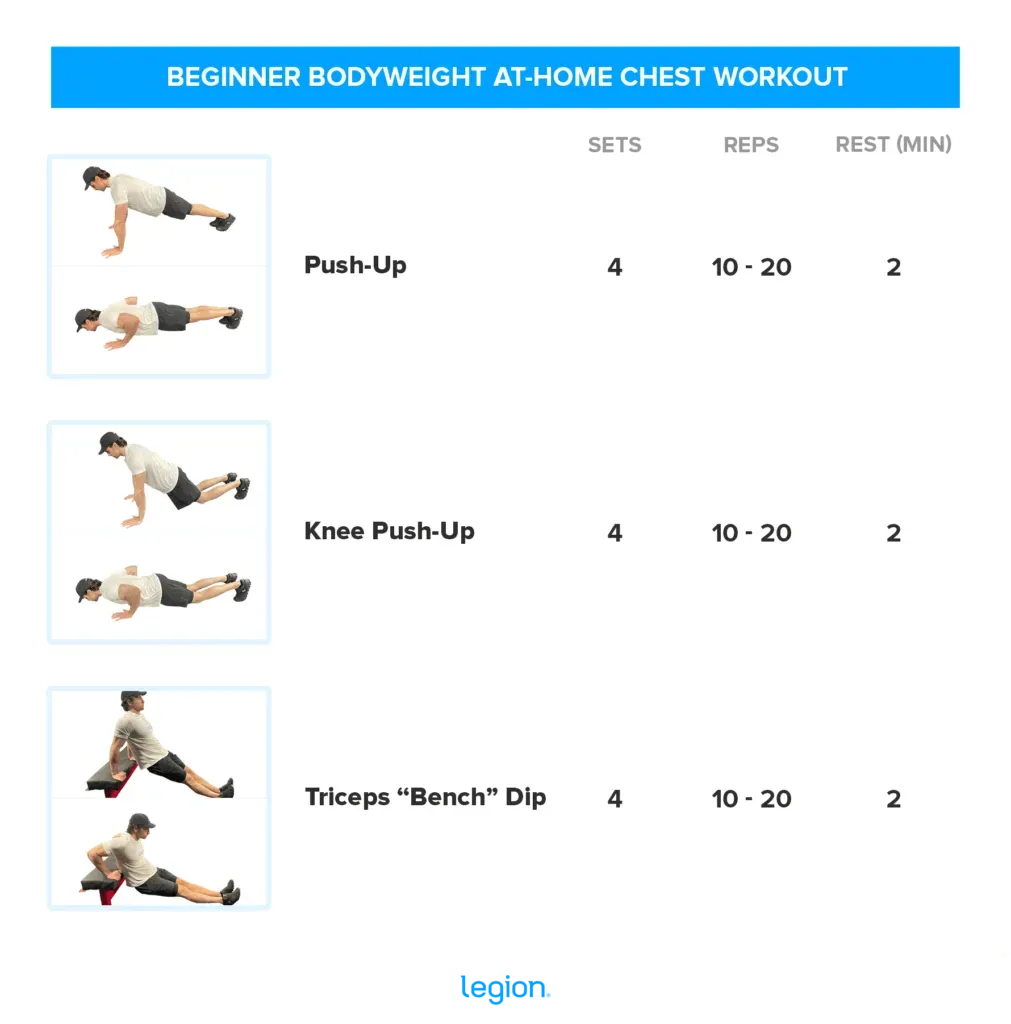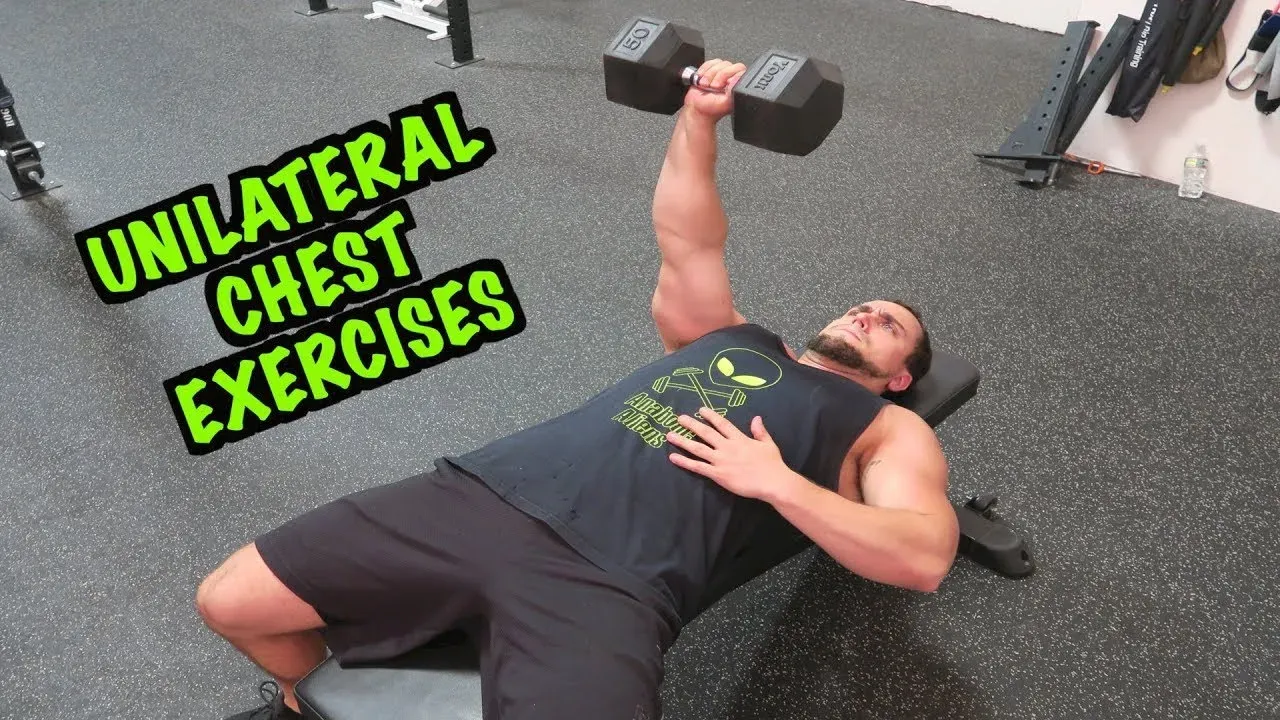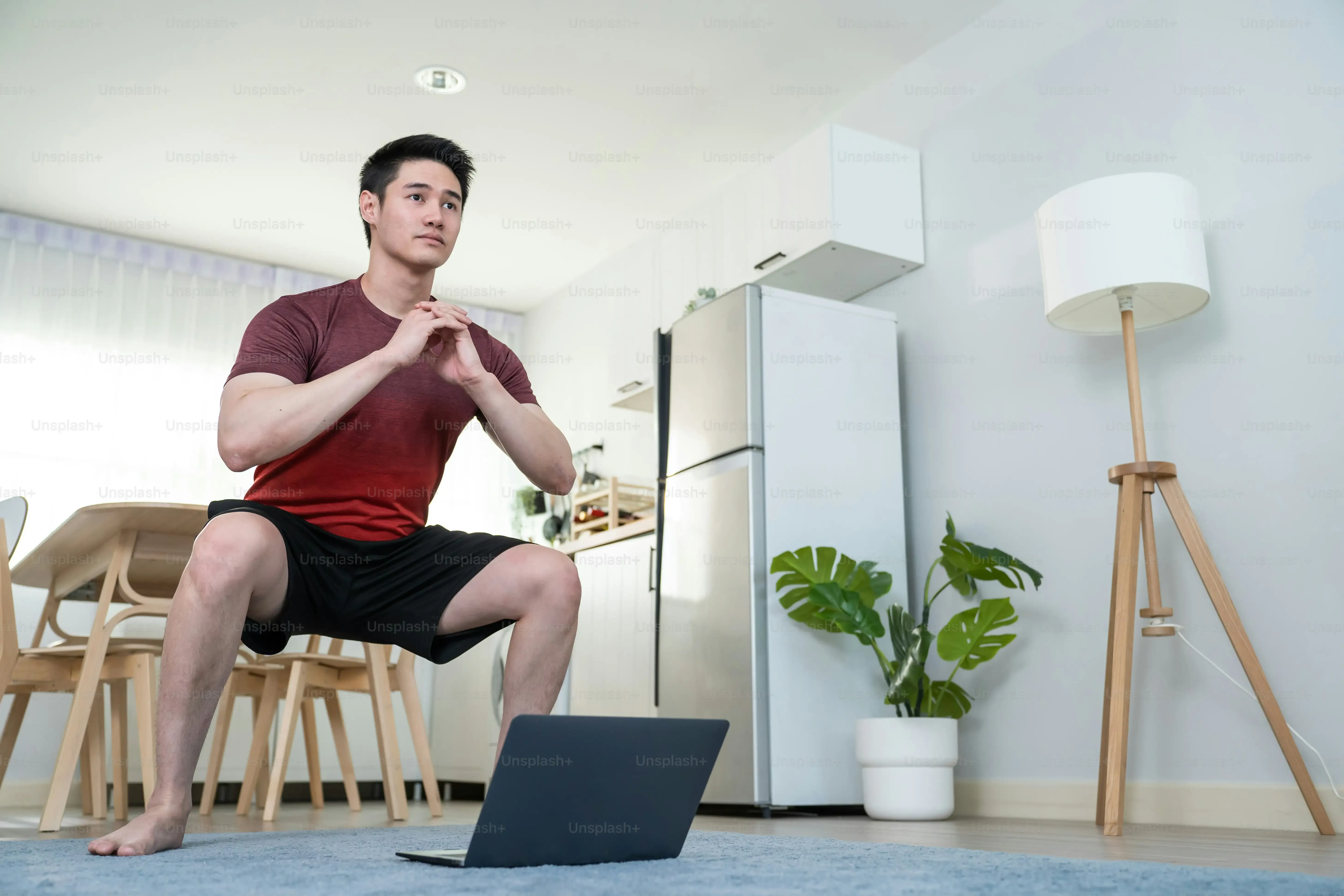Table of Contents
Look in the mirror after a chest workout. Ever notice one side just isn't keeping pace with the other? That frustrating imbalance, where one pec looks fuller or stronger than its twin, is a common reality for many. It's not just about aesthetics; significant discrepancies can impact overall strength and even lead to compensatory movement patterns that cause problems down the road. Genetics play a role, sure, but often it boils down to form issues or favoring your dominant side without even realizing it during bilateral exercises like push-ups or bench press.
Uneven Chest? Understanding Muscle Imbalance

Uneven Chest? Understanding Muscle Imbalance
Spotting the Sag: What's an Uneven Chest Anyway?
So, you've looked in the mirror, maybe flexing a little (no judgment here), and noticed one side of your chest seems... different. Maybe it looks smaller, or perhaps it just doesn't pop quite like the other side. This, my friend, is what we mean by an uneven chest, or more technically, a pectoral muscle imbalance. It's super common, way more so than those perfectly chiseled physiques on magazine covers suggest. It's not just about size either; one side might feel weaker, or you might notice during exercises that one arm does more of the work than the other. Think of it like one twin showing up to the party a little later or a little less enthusiastic than the other.
Why Your Pecs Might Be Playing Favorites
Why does this happen? A few reasons, and honestly, it's usually a mix. Genetics can predetermine a slight difference, that's just how bodies work. But more often, it's about how you move. Are you right-handed? Left-handed? Your dominant side tends to take over during two-sided movements. Maybe you injured one shoulder or arm in the past, and the other side compensated, getting stronger while the injured side lagged. Even simple things like how you sit, stand, or carry bags can contribute over time. An **Uneven Chest? Understanding Muscle Imbalance** starts with recognizing these potential culprits.
- Dominant side overuse
- Previous injuries (shoulder, arm, wrist)
- Poor exercise form
- Repetitive daily activities
- Genetic predisposition
Targeting Imbalance: Why a One Side Chest Workout at Home Works

Targeting Imbalance: Why a One Side Chest Workout at Home Works
Stopping the Strong Side From Cheating
so you know one pec is lagging. How do you fix it? You stop letting the stronger side bail out the weaker one. This is the core idea behind unilateral training – working one limb or one side of the body at a time. When you do a standard push-up or bench press, your dominant side naturally picks up the slack when the weaker side starts to fatigue. It’s like that friend who always finishes your sentences or takes the last slice of pizza before you even get a chance. Unilateral exercises force each side to carry its own weight, literally. By isolating the weaker pec, you give it the undivided attention and stimulus it needs to catch up. You build a stronger mind-muscle connection on that specific side, ensuring it's actually doing the work.
Making it Happen: Your Living Room Gym Advantage
Think you need a full gym setup to do this? Not a chance. A **one side chest workout at home** is surprisingly effective and convenient. You might just need a single dumbbell, a resistance band, or even just your bodyweight and a sturdy surface. The beauty of working out at home is the privacy to really focus. You can experiment with different angles, find the setup that feels right for isolating that stubborn pec, and really concentrate on form without feeling rushed or self-conscious. Plus, you can easily slip these targeted exercises into your existing home routine without a major disruption. No commute, no waiting for equipment, just you and the mission to balance those pecs.
So, what's the point of hitting one side solo?
- Prevents the dominant side from taking over
- Increases focus and mind-muscle connection on the weaker side
- Helps identify and address specific strength deficits
- Often requires less weight or resistance than bilateral work, safer at home
- Builds core stability as you resist rotation
Effective One Side Chest Workout at Home Exercises

Effective One Side Chest Workout at Home Exercises
Dumbbell Single-Arm Floor Press
Alright, let's get down to business. You've identified the weaker side, now how do you attack it? The dumbbell single-arm floor press is your best friend here. Lie flat on your back on the floor, knees bent, feet flat. Hold a single dumbbell in the hand corresponding to your weaker chest side. Keep your other arm out to the side for balance or resting on your stomach. Lower the dumbbell slowly and with control towards your chest, feeling the stretch in the pec. Press it straight back up, focusing purely on contracting that one side of your chest. The floor acts as a natural stopper, preventing you from going too deep and potentially stressing your shoulder. It forces that single pec to do all the work, no help from its stronger sibling or momentum.
Start with a weight you can control for 8-12 reps with good form. If you don't have dumbbells, a heavy book, a jug of water, or even a sturdy shopping bag filled with weighted items can work in a pinch. Remember, it's about the targeted effort on that one side.
Resistance Band Single-Arm Chest Press
No dumbbells? No problem. Resistance bands are incredibly versatile for a **one side chest workout at home**. You can loop a band around a sturdy anchor point (like a table leg or door frame, using a door anchor). Stand facing away from the anchor point, holding one handle of the band in the hand of your weaker side. Step forward to create tension. With your arm bent at a 90-degree angle, like the start of a punch, press the band straight forward, extending your arm fully. Control the band as it pulls your arm back to the starting position. This mimics a cable press you'd do in a gym but offers accommodating resistance – the tension increases as you extend, really challenging the pec at the peak contraction.
Play around with your distance from the anchor point to adjust the difficulty. You can also try this kneeling or even seated if space is tight. The key is maintaining good posture and resisting the pull of the band trying to rotate your torso. This engages your core too, which is a nice bonus.
What makes unilateral training so effective for imbalances?
- Eliminates bilateral compensation.
- Improves neuromuscular connection to the weaker side.
- Allows for focused attention on form for one limb.
- Can help identify underlying mobility or stability issues.
Mastering Your Unilateral Home Chest Training

Mastering Your Unilateral Home Chest Training
Getting Smart About Your Solo Sessions
So you've got the exercises down – the single-arm presses, the band work. Now comes the part where you actually make progress. **Mastering Your Unilateral Home Chest Training** isn't just about doing the movements; it's about doing them *right* and *consistently*. This means starting with your weaker side first. Always. Don't let your dominant side fatigue before you even get to the side that needs the work. Use a weight or resistance level that challenges your weaker side for the target rep range, and then match that weight and rep count on your stronger side, even if it feels too easy. The goal isn't to make your strong side stronger right now; it's to bring the weaker side up to speed. Pay obsessive attention to form – keep that shoulder stable, control the weight through the full range of motion, and really feel the muscle working. If it feels awkward or you're struggling to stabilize, drop the weight or resistance. Ego has no place in fixing an imbalance. It's a patient game, not a race.
Achieving Balance, One Side at a Time
Addressing a chest imbalance isn't an overnight fix. It requires consistent, targeted effort, and incorporating a dedicated one side chest workout at home is a practical way to do it. By focusing on unilateral movements, you force the weaker side to pull its weight, gradually reducing the discrepancy. Remember, progress might feel slow at times, and that's normal. Stick with the targeted exercises, pay attention to your form, and prioritize challenging the lagging side appropriately. Building a more symmetrical and stronger chest at home is achievable, provided you commit to the process.
